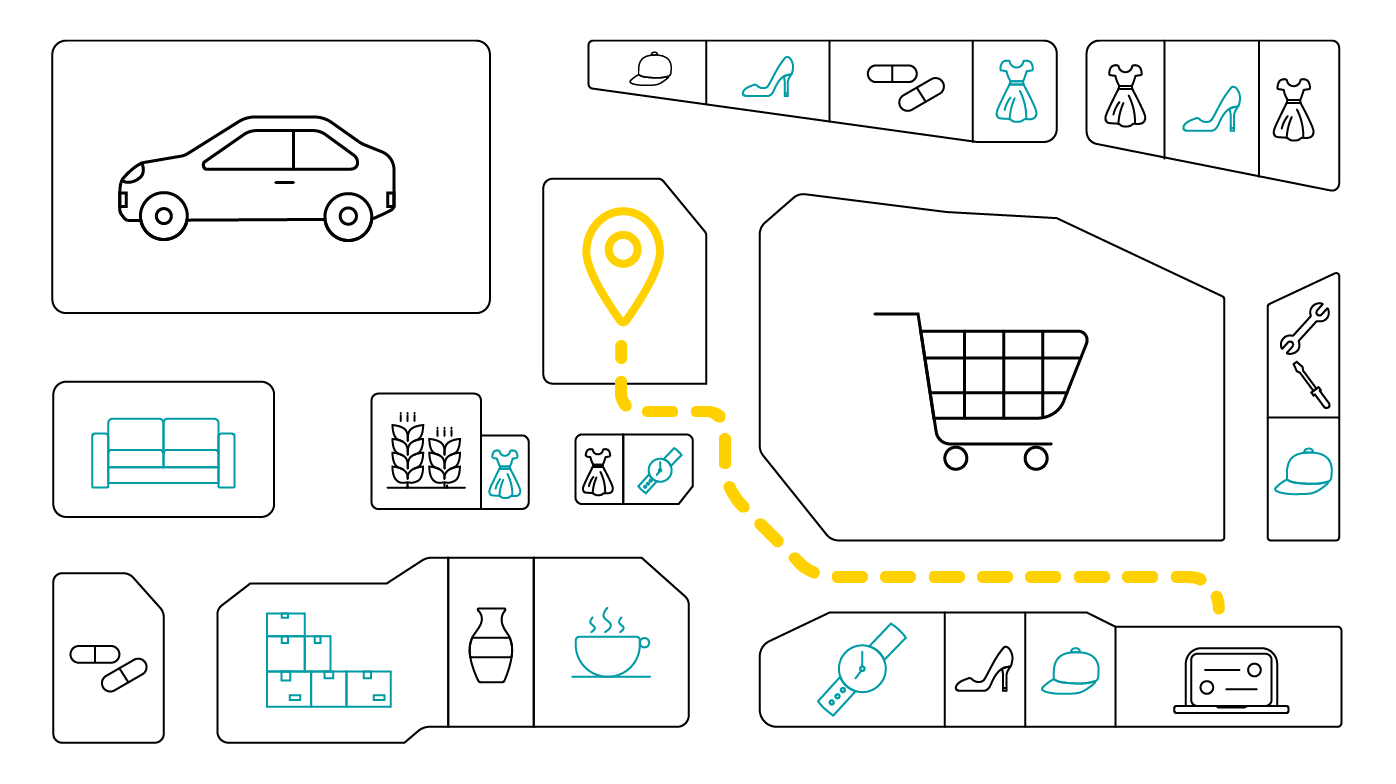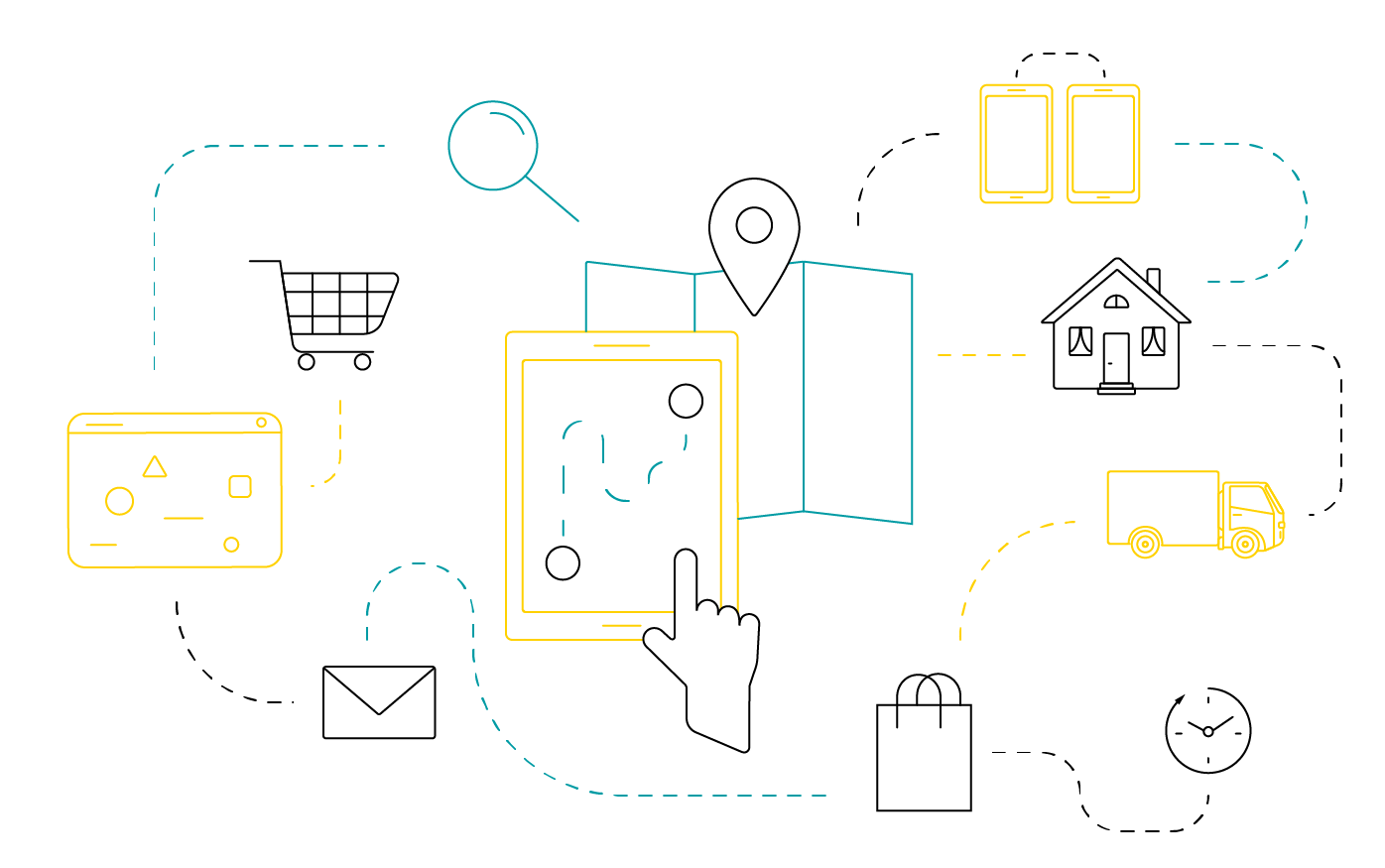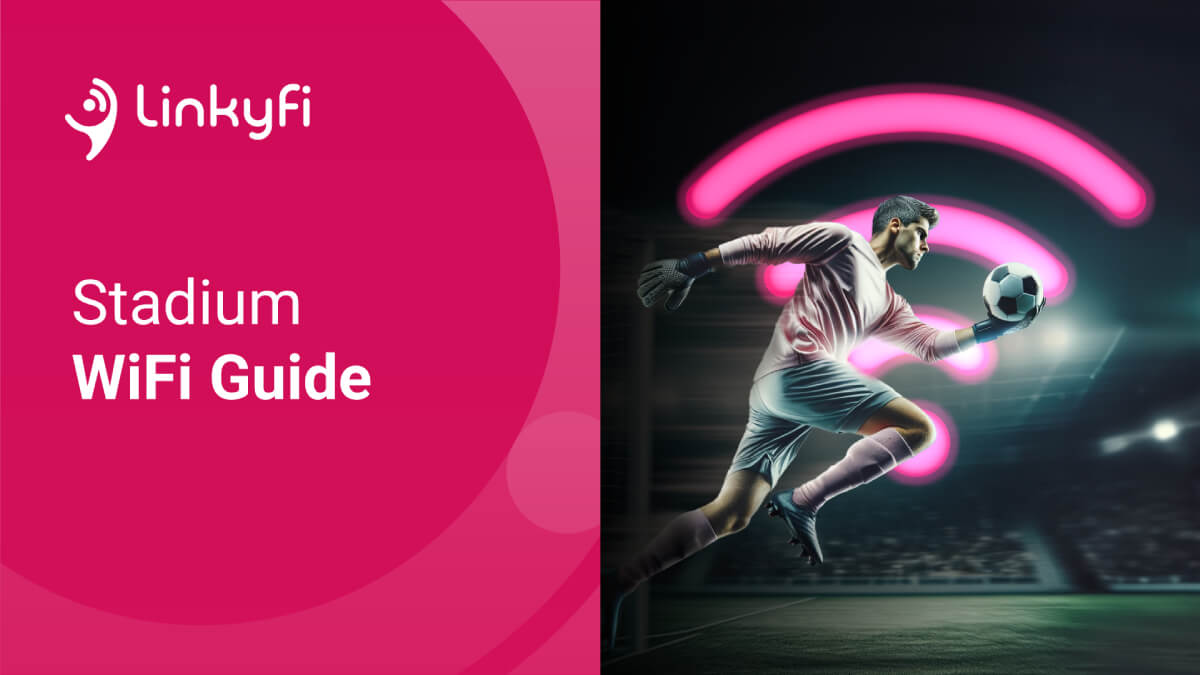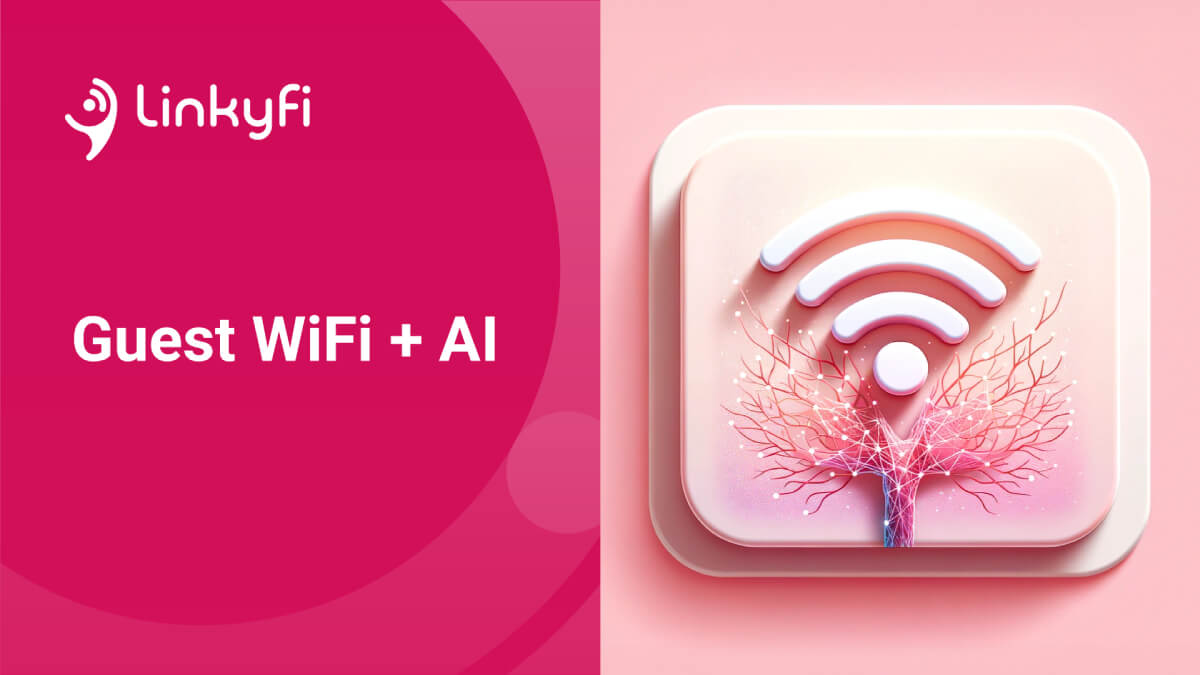What an Indoor Navigation System is and how to use it in your venue

Indoor navigation systems could solve some of the most complex challenges shopping malls and retailers experience today. They come equipped with features that address the need to create the best shopping experiences for consumers. And the knock-on effect of shoppers finding a good deal and receiving great service can lead to return business and referral customers.
What is Indoor Navigation or Indoor Positioning System (IPS)?
Like GPS, indoor positioning systems determine the location of a device indoors. While GPS relies on satellites, IPS cannot. Satellite waves fail to penetrate barriers like roofs and walls and cannot be used indoors.
IPSs have to rely on a different set of technologies. These include:
Proximity positioning
Proximity positioning is based on direct contact or on proximity between a receiver and a device, such as a WiFi access point and a smartphone.
Trilateration positioning
Trilateration positioning uses computed distances between several emitters (using radio waves) and a receiver to determine the position of the receiver.

Fingerprinting positioning
Fingerprinting positioning technologies use signal measurements across buildings to compute one’s position. It is based on the assumption that for every position there is an almost unique signal that can be recorded.
Motion positioning
Motion positioning inside and outside buildings works on the same principles using different technologies that leverage smartphone sensors to detect and quantify one’s movements.
Positioning technologies are used together with various other technologies. For example, proximity positioning can be paired with QR codes and NFC tags, bluetooth low energy devices (beacons), visible light communication and ultrasound devices, or WiFi access points.
When it comes to indoor positioning in venues, some of the most common applications are in the form of WiFi access points. Many venues have them installed and offer visitors free internet access.
How indoor navigation systems serve venues and visitors
WiFi has been a must for retailers and malls for years. And while it's used as a free offering to attract more first-time and return customers, there’s been much to improve about the technology and its use.
Questions surrounding how to leverage WiFi and capitalise on the medium have led to new ideas about what really is possible. Among the smartest concepts is the leveraging of WiFi indoor positioning.

As a solution, an indoor positioning system is capable of providing unique services. For consumers, it can be used as a means of catching great deals from retailers and a way to find stores and services without the need to search for various levels of a large venue for information desks.
Retail outlets, on the other hand, can gain insights into consumer behaviour. These insights include buying patterns, foot traffic, demographics, and can be used as an additional layer of market intelligence to improve service delivery, product positioning and marketing campaigns.
But what kind of unique features can one expect from an indoor navigation system?
Here are four critical features and benefits indoor navigation systems offer:
Deliver actionable insights
Creating more convenient, exciting and pleasurable experiences requires more than just special offers. Venues need to be able to derive valuable insights about their visitors. This is where features like indoor navigation, heat maps and real-time and historical location data become useful.
For example, we helped Posnania, a large mall located in Poland, deliver an unparalleled indoor navigation system for their 30,000 daily visitors and 100 000sqm venue. They are now able to help visitors quickly identify their location, provide a route to a destination of interest and additional services.
While indoor location systems elevate the visitor experience, other features help empower venues and retailers. LLE also captures valuable visitor data that can be used to learn more about consumers.

For example, you can distinguish between male and female shoppers and identify new and repeat customers. With this information, you can begin creating more impactful marketing campaigns to target your unique demographic.
Create marketing opportunities
Smartphones have given retailers the chance to capitalise on push technology. But most businesses struggle to find the right way to apply this technology to effectively engage consumers.
LLE addresses this challenge with the use of proximity marketing. Leveraging consumer data, retailers are able to use trigger-based marketing to engage smartphone holders. These can include the use of personalized emails and text messages with special offers. Retailers can also develop more sophisticated marketing campaigns that use website landing pages and later remarketing strategies, all with the goal of creating and deepening relationships with consumers.

Leverage existing infrastructure
The expense of investing in WiFi for a large venue can be costly. When scoping a WiFi project, you need to ensure that you select hardware capable of managing high volumes of user access and usage. You also need to ensure that your networking devices will have a long lifespan.
If you do a good job, upgrading your infrastructure is less challenging and costly. You should only have to replace hardware within 3 to 5 years from the roll-out date.
But as technology evolves, legacy equipment can prove incompatible. This isn’t the case with indoor navigation systems like Linkyfi Location Engine (LLE). Understanding the expense of providing WiFi coverage for large venues is high, we designed our solution to leverage existing WiFi networks and hardware.
The result is a lower cost and greater value for venues. There’s no need to upgrade hardware to access features like real-time and historical location data of your venue’s visitors.
A Lightweight Solution
The benefits of rolling out a sophisticated WiFi location navigation solution don’t stop there.

LLE, for example, also:
- Requires low computing power. Navigation is managed through a visitor’s browser. This makes for quicker access to services for consumers, without the all-too-common complaint of large apps drawing battery life or making smartphones sluggish.
- Requires no additional equipment. Through the use of your existing infrastructure and smart API integrations, LLE easily becomes a reservoir of valuable data for your venue, all of which is accessible via a beautifully designed data dashboard.
- Is scalable. Due to LLE’s compatibility with legacy WiFi networks, scaling indoor location navigation services is possible. Compatibility with existing WiFi networks provides malls with the coverage it requires to engage its visitors with location-based services (think smart marketing offers and finding their way around the mall) and create enjoyable shopping experiences.
Conclusion
Indoor navigation systems are a step in the direction of making malls more attractive destinations for consumers. They make shopping simpler and more engaging through the use of target marketing offers while providing convenience through easy access to mall directories.
For businesses, indoor positioning systems present the opportunity to learn more about their customers and their buying habits. These insights enable malls and retail outlets to find better ways to position their products and deliver stronger and more customer-centric experiences that can lead to greater brand affinity and bottom-line results.
Recommended posts
- WiFi for Stadiums Explained
- Guest WiFi - Easter Marketing with AI: A Step-by-Step Guide
- Guest WiFi + AI: Your Marketing Dream Team!
Subscribe to stay in the loop with all our latest content:
Recommended posts



